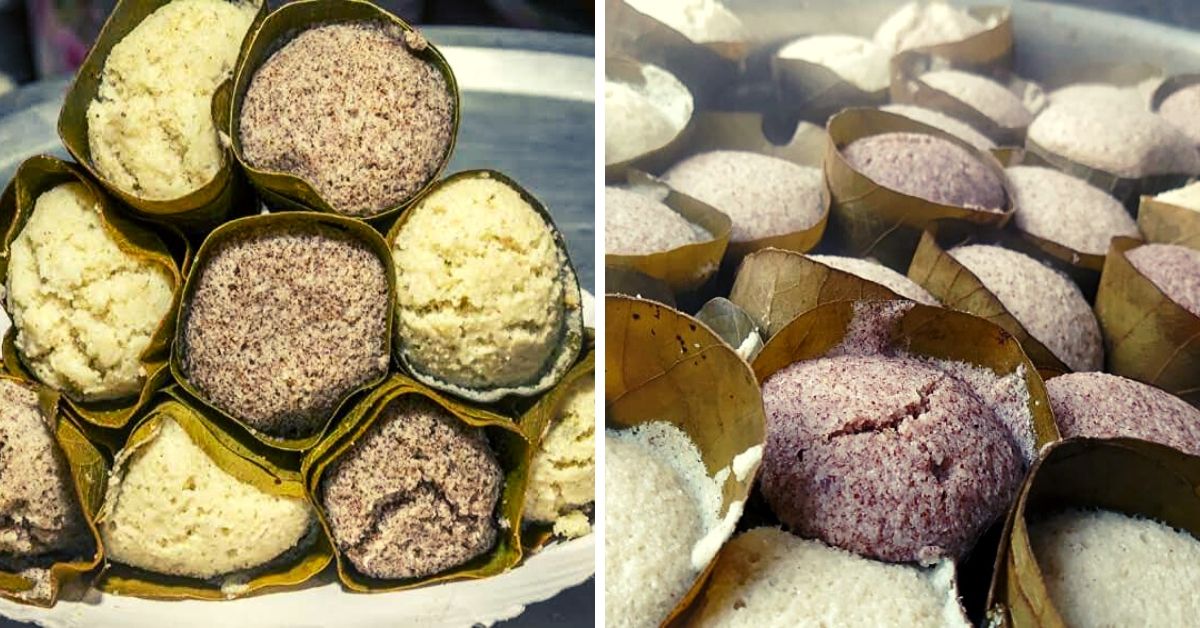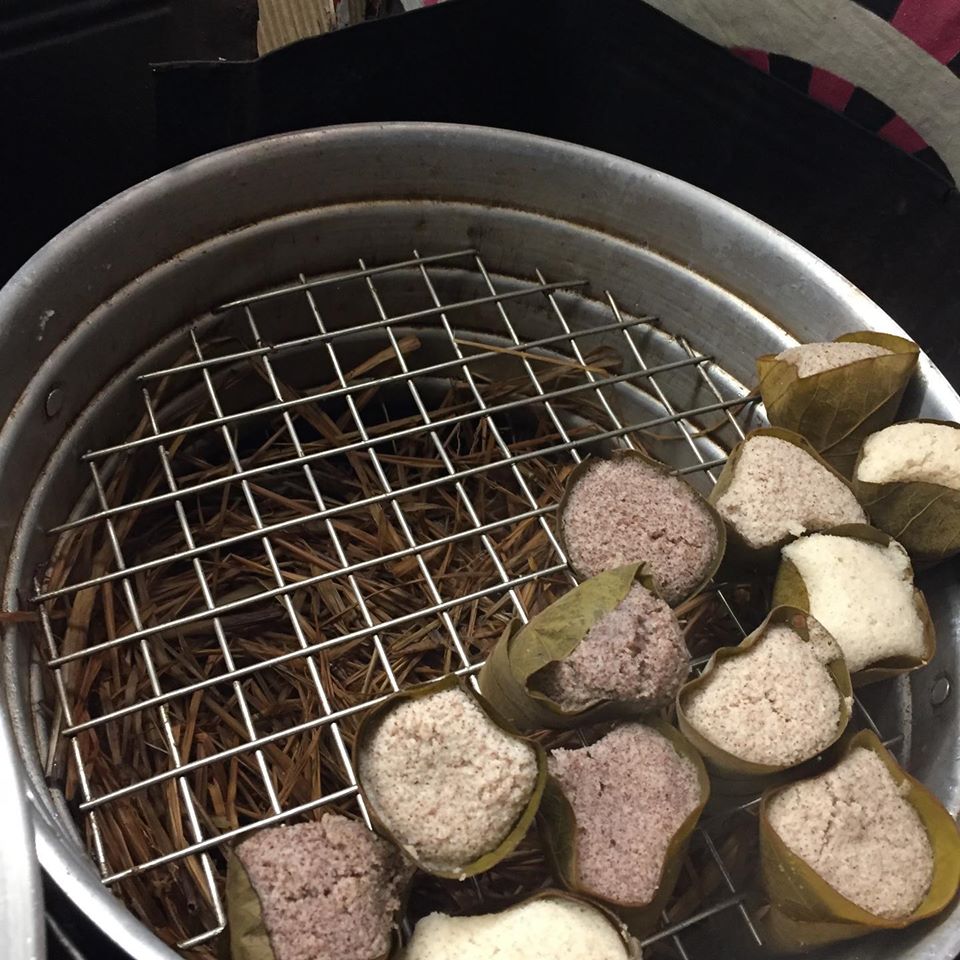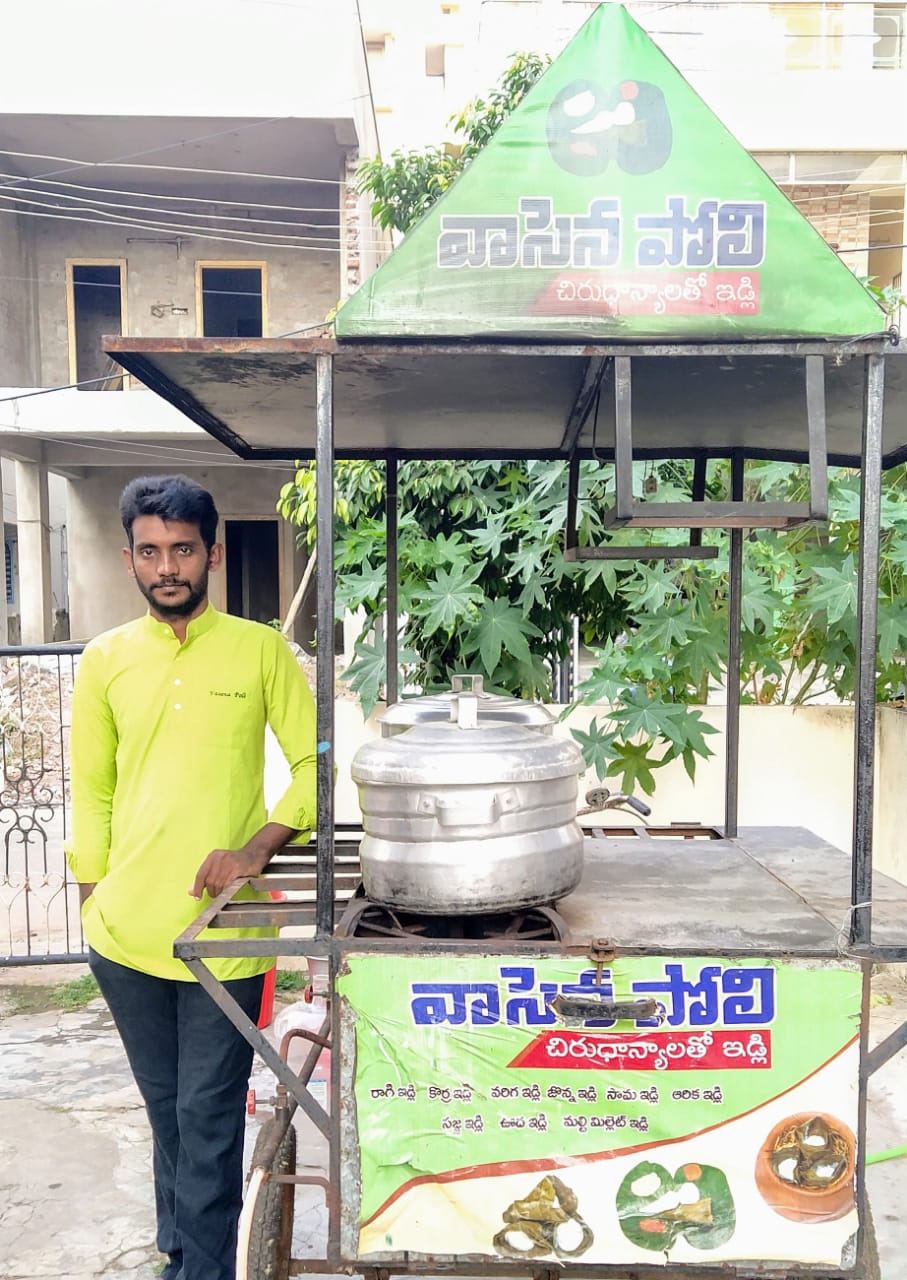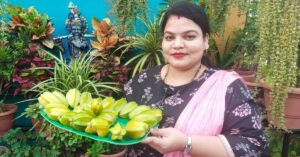Vizag Man’s Leaf Millet Idlis Make His Startup a Food Sensation!
Wrapped and steamed in Vistharaku leaves, these yummy and healthy idlis are made from the 700 kilos of millet that Chittem Sudheer purchases directly from tribal farmers every month!

While Chittem Sudheer in Vishakhapatmnam’s MVP colony wrapped idli batter in a cone-shaped Vistaraku leaf and kept it in a pot on the stove at around 6.30 am, customers had already lined up.
In the hour that followed, close to 200 plates of freshly made idlis were served. Some customers even requested extra chutney to take back home and store it in their fridges. The 26-year-old stall owner was happy to oblige.
“That was my early morning batch of customers. I have around 40 minutes before the second one comes in,” Chittem tells me, as he hands out a plate to the only standing customer around 9.
Like a hundred other stall proprietors, Chittem, originally a native of Andhra Pradesh’s Guntur, opened his first idli stall in September 2018. With an investment of Rs 50,000, he began his venture, ‘Vasena Poli’ (meaning ‘alternative idlis’).

What makes his stall stand out are his unique millet idlis.
He serves idlis made from eight types of nutritious millets like jowar, bajra, aarika (kodo millet), korra (foxtail millet) and saama (little millet). Accompanying these idlis are chutneys from vegetables like bottle gourd, ginger and carrot, apart from the regular peanut chutney.
Chittem’s millet-based idlis are unique, considering the multiple health benefits. Elaborating, he says, “Millets are less known in India. However, they have rich mineral properties like iron, magnesium, potassium and copper. They also contain essential vitamins like folate, B6, C, E and K, and have more nutritional value than rice. In semi-rural and rural areas, they have no demand. But in urban spaces, they are increasingly becoming a fad.”
No wonder, Chittem’s customer base is increasing by the day, without any active marketing. It is through word of mouth that Vizag’s health-conscious people are learning about his idlis.
On average, he sells 500 plates per day at his two stalls; on weekends and holidays, the figure easily touches 600.
Despite the demand, he has kept the idlis affordable, “One plate has three idlis and is priced at Rs 50; while single piece is Rs 17. I wanted to keep it affordable so that customers who do not know much about millets can try it.”
However, charging customers less does not mean he purchases the ingredients at low rates. In fact, he has developed a win-win model. Each month, Chittem purchases around 700 kilos of millets from tribal farmers from the villages of Srikakulam, Vijayanagar, and Visakhapatnam. Per kilo, he pays around Rs 70 to the farmers as against the market price of Rs 30. He also prices the idlis low, but still manages a profit margin of 25 per cent, a number that he is presently happy with!
Learning about Millets The Right Way
Chittem’s bond with the tribal farmers, who are now his suppliers, goes a long way.
Three years ago, he had completed his Masters in AgroEconomics from Acharya Nagarjuna University. The course inspired him to start natural farming instead of taking up a job.
“I travelled extensively to the interior belts of Andhra Pradesh and spent some months with farmers to learn natural farming. I was introduced to millet farming, and after knowing its eco-friendly cultivation methods and health benefits, I decided to start my own farm,” he recalls.

He returned to his hometown and worked on his plans. Soon, he realised the lack of demand for millets.
“I did not want to be yet another farmer producing millets with no demand. I realised that people did not know much about everyday dishes that can be prepared with them. I decided to use this opportunity to make millet idlis because idli is one of the staple foods in South India.”
Replacing rice with millet to prepare the batter was no mean feat. It took him nearly two years to come up with the perfect proportions and recipe. He maintains it at the 1:4 ratio (one portion of urad dal and four portions of millets) for a delicious experience.
Chittem hopes to open seven more stalls across the city by the end of next year, “I want to collaborate with more farmers and engage even more customers. My objective is to integrate millets as a mainstream or commonly consumed crop like rice,” he signs off.
Get in touch with Chittem Sudheer at 8885979799.
Also Read: 5 Easy One-Pot Millet Breakfast Recipes to Power up Your Day
(Edited by Shruti Singhal)
Like this story? Or have something to share?
Write to us: [email protected]
Connect with us on Facebook and Twitter.
This story made me
- 97
- 121
- 89
- 167
Tell Us More
We bring stories straight from the heart of India, to inspire millions and create a wave of impact. Our positive movement is growing bigger everyday, and we would love for you to join it.
Please contribute whatever you can, every little penny helps our team in bringing you more stories that support dreams and spread hope.



















